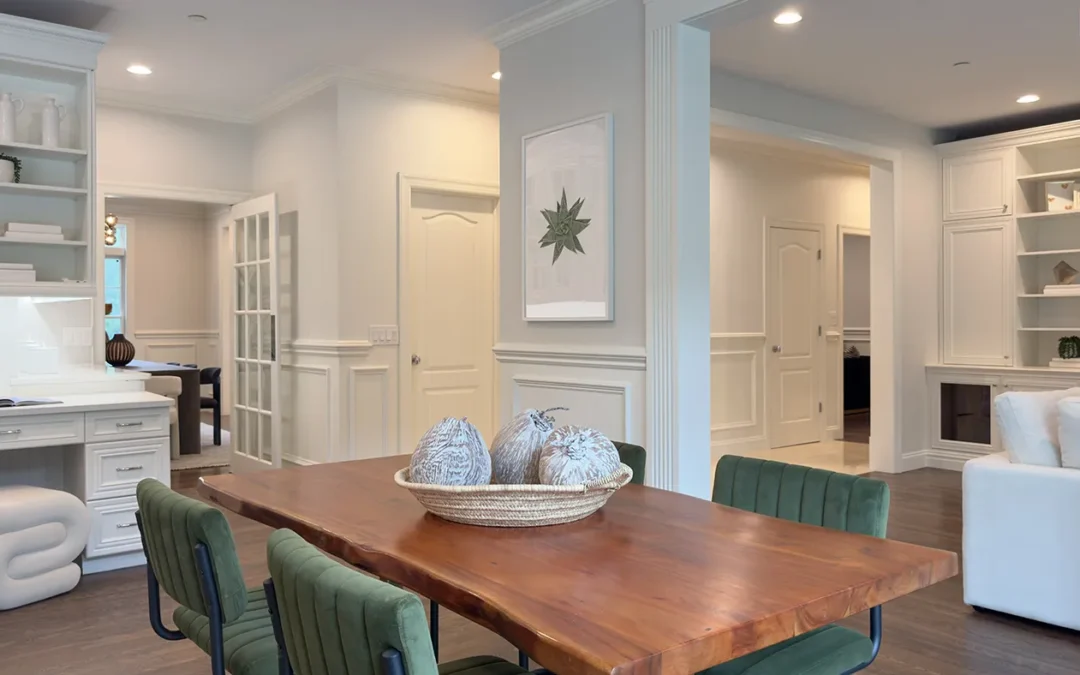

The Early Days of Home Staging
When home staging first emerged, the process was simple, focusing primarily on keeping the space clean and organized for potential buyers to envision themselves living there. However, as the market grew more competitive, home staging trends showed the need for a more strategic approach.
Professional home stagers soon realized that basic tidying and decluttering weren’t enough. The careful arrangement of furniture, thoughtful design elements, and strategic techniques became integral to influence a property’s appeal. What started as a straightforward practice evolved into a creative process that could meaningfully enhance a property’s marketability, thanks to evolving home staging trends that continue to shape strategies.
The Impact of Technology
The rise of technology has brought significant changes to evolving home staging trends. Today, most home shopping begins online, and some properties are purchased without an in-person viewing! This shift means a home’s digital presence could make or break a sale. Social media platforms like Instagram and Facebook have revolutionized how staged homes are showcased, allowing beautifully staged properties to reach a vast audience. As a result, evolving home staging trends now require stagers to consider both the in-person experience and how a property appears in online photos and videos.
Evolving Buyer Preferences
As time goes on, trends shift, and so do the preferences of homebuyers. Buyers today are drawn to spaces emphasizing simplicity, functionality, and elevated lifestyles. To meet these demands, home staging trends incorporate multifunctional furniture, sustainable materials, and creative elements into home staging designs.
Modern buyers often look for open floor plans and multifunctional spaces that adapt to their lifestyle needs. In response, home stagers use their creativity to maximize every inch of space, ensuring each area is both functional and visually appealing.
The Future of Home Staging
Looking ahead, it’s clear that home staging trends will continue to adapt. We can expect further integration of emerging technologies, like smart home features, and an even greater emphasis on personalization. Buyers will continue looking for homes that fit seamlessly into their lives, and home stagers will innovate to make each property distinctive and inviting.
In conclusion, home staging is not a static practice; it’s an art that constantly evolves with changing market conditions, technological advancements, and buyer preferences. By staying ahead of these evolving home staging trends, home staging professionals help create lasting impressions and achieve the best results in a competitive real estate market. Want to know how we stay ahead of the curve and lead in the industry? Contact us today!






